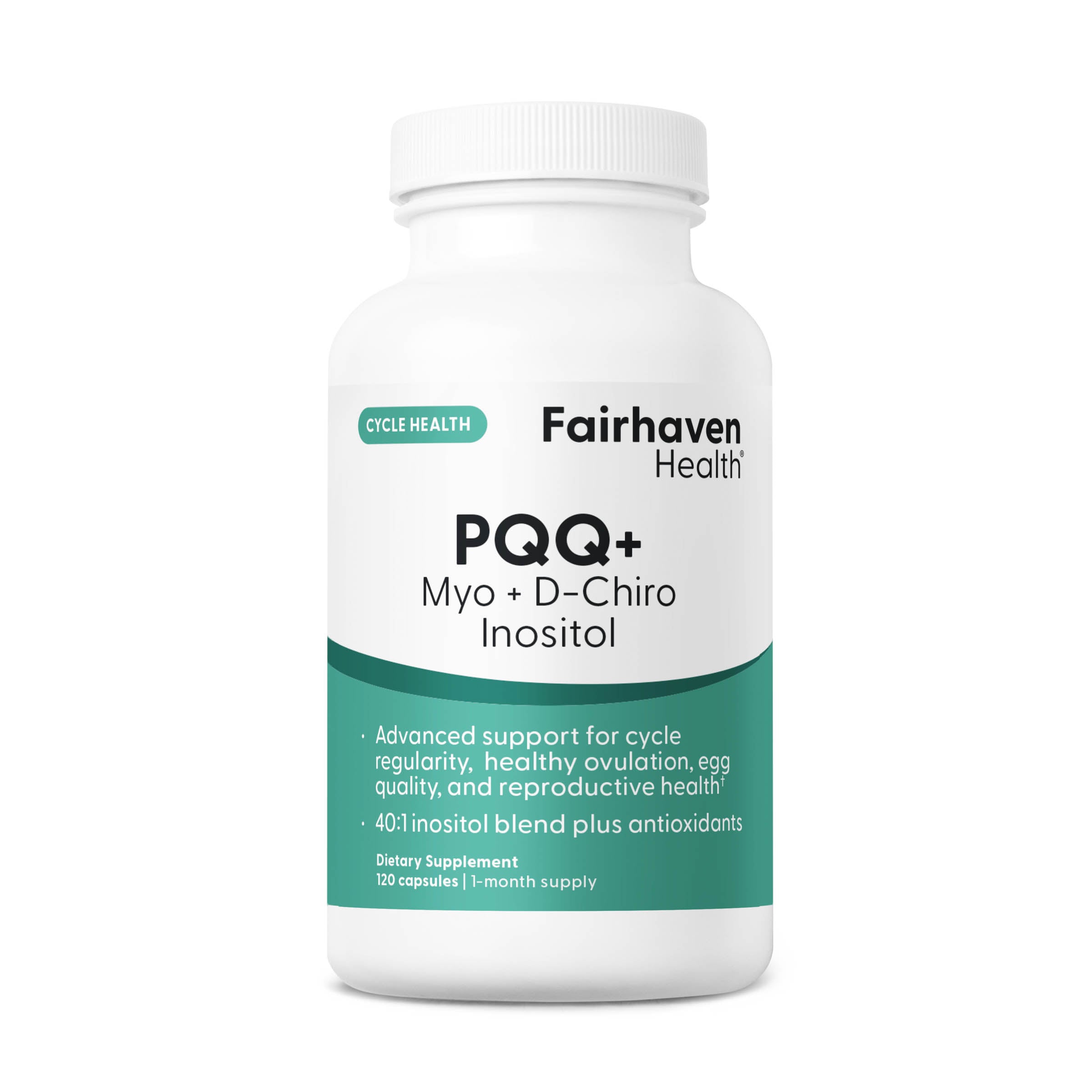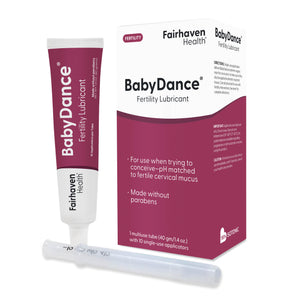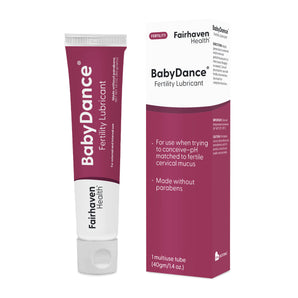As parents, we are constantly making decisions about how best to care for our children. Without question, one of the most important decisions you will make in the early days of parenthood is how to feed your newborn. While formula companies spend billions each year on advertising to try to convince us that formula is “good enough” for your baby, research shows that there is really no adequate substitute for breast milk. The overwhelming majority of health care professionals recommend breastfeeding over formula feeding, including the American Academy of Pediatrics and the World Health Organization, both of which strongly recommend exclusive breastfeeding for the first six months of life, and for as long after 6 months as is mutually desired by mother and baby.
Benefits of Breastfeeding for Mom and Baby
Breast milk is a complete and complex nutritional source containing antibodies for your baby, and provides long lasting health benefits for you and your child. Children who are breast fed have a lower risk of asthma, ear infections, allergies, intestinal infections, and urinary tract infections. Research also indicates that breastfeeding helps reduce the risk of medical conditions and diseases that show up in adulthood. Adults who were breastfed as infants are less likely to develop obesity, diabetes and certain types of cancers. And, women who breastfeed experience the following benefits: quicker recovery after delivery; more rapid return to pre-pregnancy weight; reduced risk of breast, ovarian and cervical cancer; and convenient and inexpensive (free!) feedings. Additionally, breastfeeding promotes a very special emotional bond between you and your baby.
Getting Started
Lactation experts agree that placing the baby to the breast as soon after delivery as possible is essential to breastfeeding success. So, as you prepare for delivery, be sure to talk with the health care providers that will be attending your birth about your desire to breast feed and be very clear that you want your baby placed to your breast within a few minutes following delivery. It will take three or four days (sometimes longer) after delivery before your milk “comes in”. However, before your milk comes in, your breasts will contain a thick and sticky fluid, called colostrum, that is extremely nutritious and beneficial for the health of the baby. It contains immune-enhancing substances that help protect your baby from infection, and works as a natural laxative to help your baby pass the first meconium stools. As a result, your baby should nurse frequently during the first few days to get as much colostrum as possible. Once your milk comes in, you will want to feed your newborn every 2-3 hours, day and night. Frequent feedings will help your body build and maintain a sufficient milk supply. Once breastfeeding is well established, and as your baby grows, you can extend the time between feedings. Until breastfeeding is well established, avoid using pacifiers and bottles so that you don’t create “nipple confusion” for your baby.
Breastfeeding Concerns
Research shows that only 2% of women are actually unable to breastfeed – which means that virtually every woman can breastfeed successfully. Breastfeeding is the natural and normal way to feed your child, and your body is designed to nourish your baby this way. It is also true that some new moms experience challenges in the early days of breastfeeding. As you and your newborn settle in to a breastfeeding routine, you might experience difficulty getting your baby to latch on to the breast properly, your nipples might become sore, or it might take a little while for you to establish a reliable milk supply. Unfortunately, we don’t talk enough about these potential challenges, and many new moms are caught off guard and lack the confidence and support to work through these minor bumps in the breastfeeding road. The information below is intended to address some of the most frequent concerns new moms have about breastfeeding.
Low Milk Supply
Some women have concerns about being unable to produce enough milk to meet the needs of their growing baby. Again, it happens only very rarely that a new mom is unable to produce enough milk to feed her baby. Milk supply might be low if you are not feeding your baby frequently enough (every 2-3 hours around the clock), if the baby is not getting a good latch, if you are taking birth control pills, or are ill. As a result, low milk supply can almost always be fixed by increasing the frequency of feedings (or and pumping between feedings if necessary), increasing the amount of skin to skin contact you have with your baby, and correcting any issues with the way the baby is latching to the breast. If you are concerned that your milk production is extremely low, you should see a doctor or lactation specialist. In addition, there are a number of natural galactagogues (herbs to increase milk flow), including milk thistle, which has been shown to improve milk production by up to 74% within 7 days. There are also natural products designed to help with milk quality and production such as Complete Lactation Support.
Sore and Cracked Nipples
Incorrect latching on, and poor positioning of the baby are the leading causes of sore nipples during breast-feeding. Although it is normal to experience some soreness in the first few weeks of breastfeeding, it should not hurt. If it does, try to reposition the baby until it is comfortable for you, change positions every time you nurse, and be sure that your baby has enough areola in her mouth, and is not just sucking on the nipple. Wear loose fitting bras and shirts while not feeding. Never use harsh soaps or astringents on your nipples. For nipple discomfort, you may want to try a nipple cream or another nipple cream to soothe, heal and protect sore nipples.
Hard and Sore Breasts: Once your milk comes in, you might experience sore and hot breasts while your body adjusts to making just the right amount of milk for your baby’s appetite. Your milk will "come in" whether you are breastfeeding or formula-feeding; this normally occurs as a result of the placenta being delivered. How soon your milk will "come in" depends on how soon and how frequently your baby nurses. In most cases, the milk "comes in" around 3 days; a little earlier for some mothers, a little later for others. This feeling of fullness is normal, and is more noticeable in some women than in others. If your milk has not been removed early and often (meaning you are not feeding or pumping frequently enough), both breasts will become hard, hot, and painful. This is not normal, but can be reversed by increasing the number of feedings each day, or by pumping in between feedings if necessary. If this condition is not resolved, it can lead to plugged ducts or mastitis.
Mastitis
Mastitis is an infection that occurs as a result of unrelieved engorgement and /or plugged ducts. It usually does not happen during the first few days, but it certainly can happen any time. Classic symptoms for mastitis include fever and flu-like symptoms, as well as a hard, hot, painful breast. (Mastitis is almost always on one side only.) Continue to nurse, but call your doctor; you may need antibiotic treatment. Lactobacillus fermentum promotes a healthy microbiome in breast milk, enhancing comfort during breastfeeding and reducing mastitis concerns by 51%.1*
Thrush: Thrush is a yeast/fungal infection that forms on the nipples while breastfeeding. It thrives on breast milk and is caused by an imbalance in hormone levels, which creates an upset in normal levels of bacteria. Activities that can lead to thrush include: having an overly moist area around your nipples, taking antibiotics or birth control pills, and having a diet that is high in sugar. Thrush can be spread to your newborn in the form infectious spots in her mouth. If you or your baby shows signs of thrush, please see your health care provider for a diagnosis.
Proper Nutrition
Most women chose to breastfeed because they want to provide the highest quality nutrition to their new baby. Having a healthy diet and lifestyle as a mother is the best way to ensure that your new baby is as healthy as she can be for proper growth and development. We know that new mothers are generally exhausted and going through a lot of adjustments during post-delivery recovery, and that eating right can be a challenge. If you eat a less-than perfect diet, there is no big need to worry. Research has shown that even with a less than perfect diet, your baby will still receive ample nutrition through your breast milk. This is true, however some ingredients in breast milk may vary depending on the maternal diet. This is where good eating habits make a difference. Be sure to consume about 300-500 extra calories per day while breastfeeding, and be sure they are nutrient dense and not calories from fast food or ‘junk food’. Getting enough Vitamin D is essential for good bone strength for your rapidly growing baby, especially if you live in a place with low amounts of sun. Many new moms continue taking a postnatal vitamin, such as Postnatal Multivitamin Essentials, during breastfeeding. Hydration is also key for the production of milk, so be sure to drink plenty of water. Studies have shown that almost any diet will produce quality breast milk, and that hydration is almost more important that what you eat. One thing that is strongly recommended to avoid is smoking. Stay away from cigarettes. Nicotine passes directly through breast milk to the baby. Alcohol consumption is not recommended for nursing women, yet there is some debate surrounding the topic. Check in with your doctor for his or her input. You also need to discuss any medications that you would like to take with your doctor; some can be very dangerous while breastfeeding.
Other Breastfeeding Articles
- Kicking the Can - How to Wean off Formula
- I don’t know where to look! Men and public breastfeeding
- Breastfeeding Lowers Breast Cancer Risk. But How?
- Vaginal Delivery, Breastfeeding, and Your Baby's Microbiome
- Back to Work and Breastfeeding - You Can Do It!
- Baby Led Weaning
- Breastfeeding as Emergency Preparedness
- Milk Banking
- Soapy, sour or metallic tasting breast milk? Lipase may be the cause
- More is better: Skin-to-skin Immediately After Delivery and at Home
- Medications and Breastfeeding
- Benefits of Breastfeeding for Mom and Baby
References:
1. Ozen M et al. Nutrients. 2023;15(9):2207.







